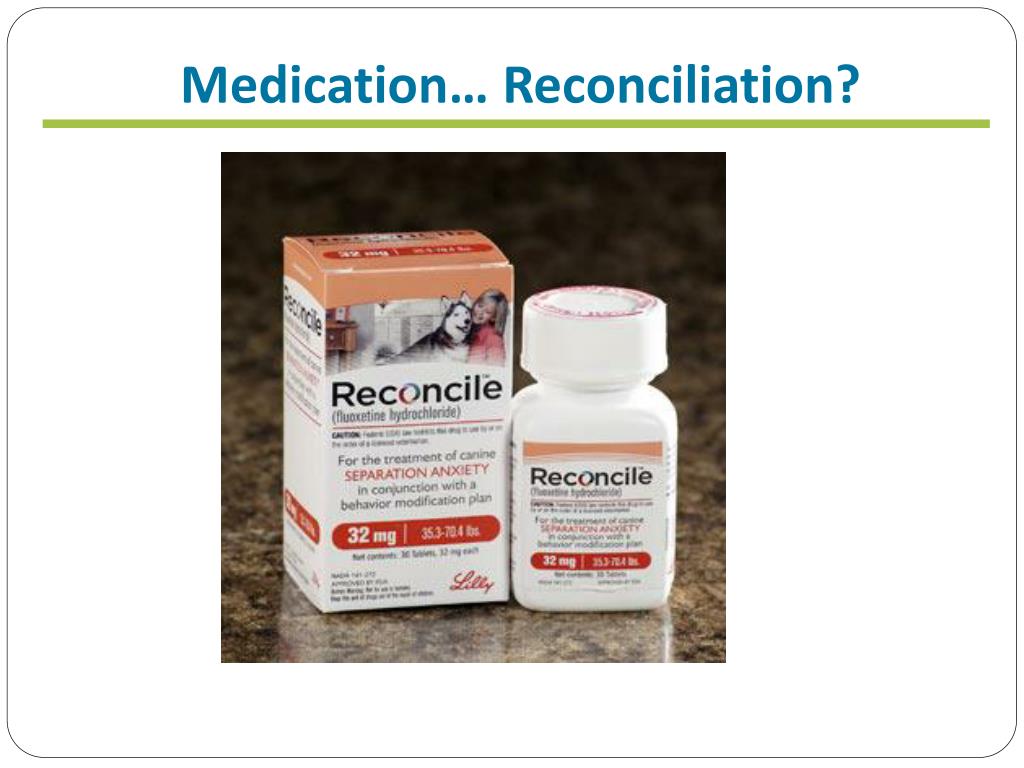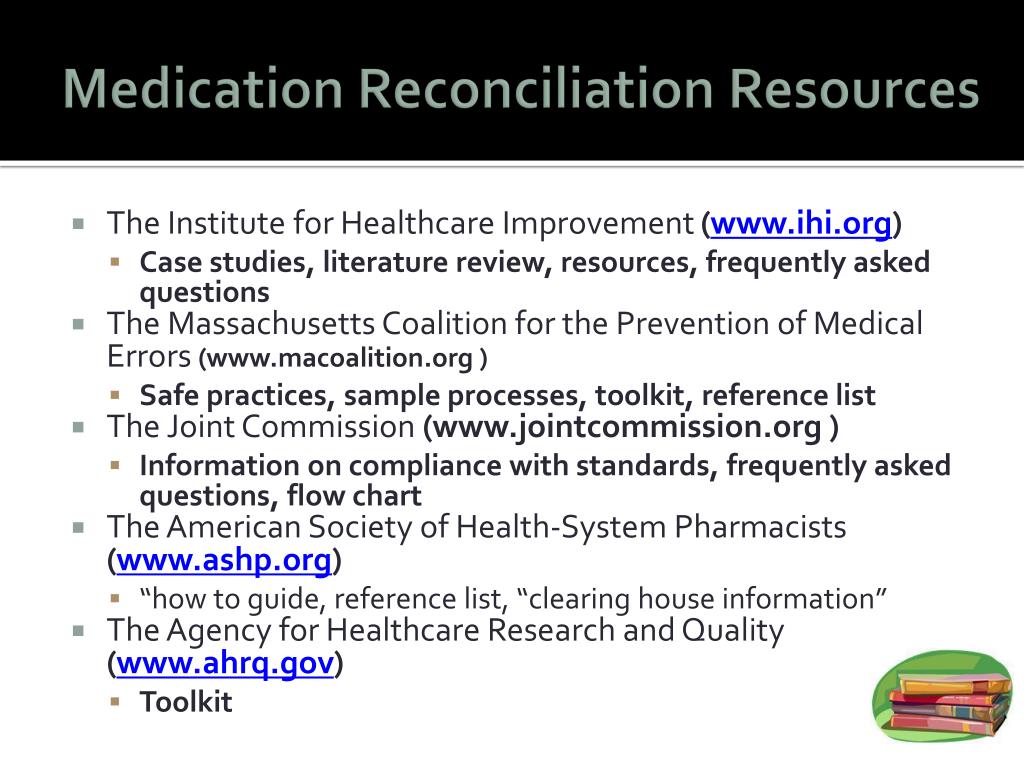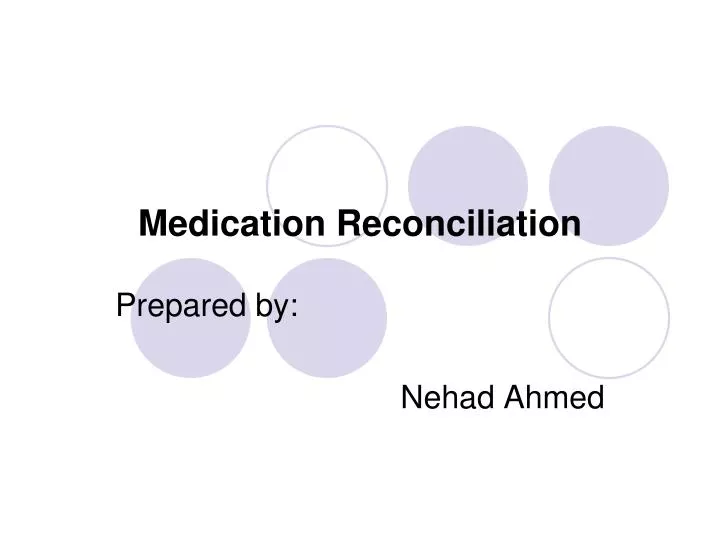

A complete and accurate list is essential to a clinician’s ability to accurately diagnose and treat a patient and their conditions. Document medication regimenĮnsure your team is capturing the complete list of what patients have been prescribed and what they are taking. Here are six steps you should take to better comply with about the medication reconciliation National Patient Safety Goal. 6 Steps to Comply With the Joint Commission Medication Reconciliation NPSG In short, medication reconciliation is a clinician’s comparison of the prescribed medications a patient is using against the new medications ordered for the patient during an encounter, resolving any discrepancies, and updating the medical record to reflect them. Tell the patient it is important to bring their up-to-date list of medicines every time they visit a doctor."

Give the patient written information about the medicines they need to take.

Compare those medicines to new medicines given to the patient. Find out what medicines the patient is taking. The Joint Commission summarizes the NPSG by stating, "Record and pass along correct information about a patient’s medicines. Organizations should identify the information that needs to be collected in order to reconcile current and newly ordered medications and to safely prescribe medications in the future." The types of information that clinicians use to reconcile medications include (among others) medication name, dose, frequency, route, and purpose. The comparison addresses duplications, omissions, and interactions, and the need to continue current medications. Medication reconciliation is intended to identify and resolve discrepancies-it is a process of comparing the medications a patient is taking (or should be taking) with newly ordered medications. "There is evidence that medication discrepancies can affect patient outcomes. The Joint Commission explains the rationale for the med rec NPSG as follows: Medication reconciliation is included as an NPSG for the following Joint Commission programs: hospital, ambulatory healthcare, behavioral healthcare and human services, critical access hospital, home care, nursing care, and office-based surgery. More specifically, the medication reconciliation NPSG is identified as NPSG.03.06.01 and includes five elements of performance. It's part of the third NPSG, which focuses on medication management and using medications safely. In 2005, The Joint Commission added medication reconciliation as a National Patient Safety Goal (NPSG).


 0 kommentar(er)
0 kommentar(er)
